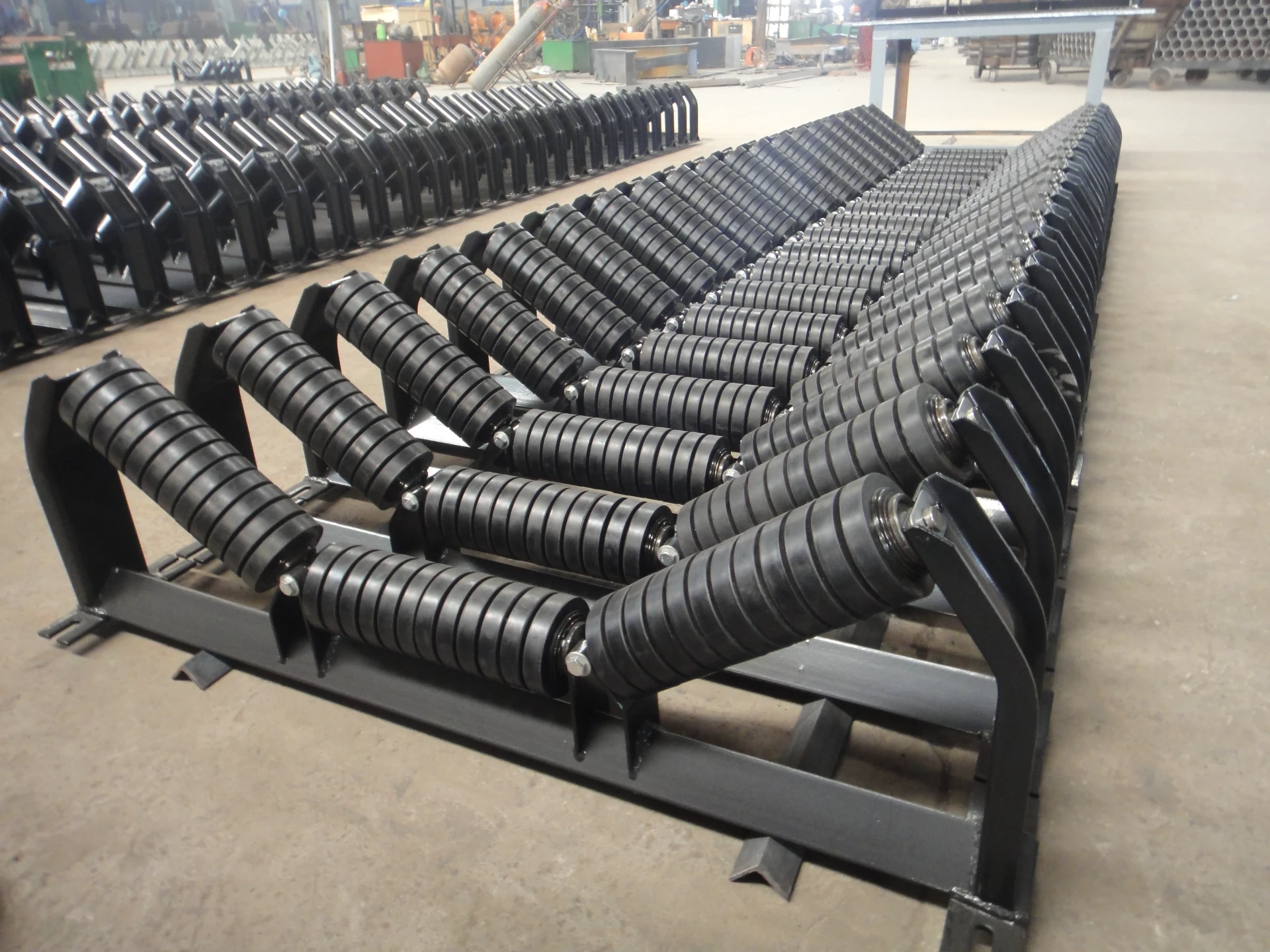 Afrikaans
Afrikaans  Albanian
Albanian  Amharic
Amharic  Arabic
Arabic  Armenian
Armenian  Azerbaijani
Azerbaijani  Basque
Basque  Belarusian
Belarusian  Bengali
Bengali  Bosnian
Bosnian  Bulgarian
Bulgarian  Catalan
Catalan  Cebuano
Cebuano  Corsican
Corsican  Croatian
Croatian  Czech
Czech  Danish
Danish  Dutch
Dutch  English
English  Esperanto
Esperanto  Estonian
Estonian  Finnish
Finnish  French
French  Frisian
Frisian  Galician
Galician  Georgian
Georgian  German
German  Greek
Greek  Gujarati
Gujarati  Haitian Creole
Haitian Creole  hausa
hausa  hawaiian
hawaiian  Hebrew
Hebrew  Hindi
Hindi  Miao
Miao  Hungarian
Hungarian  Icelandic
Icelandic  igbo
igbo  Indonesian
Indonesian  irish
irish  Italian
Italian  Japanese
Japanese  Javanese
Javanese  Kannada
Kannada  kazakh
kazakh  Khmer
Khmer  Rwandese
Rwandese  Korean
Korean  Kurdish
Kurdish  Kyrgyz
Kyrgyz  Lao
Lao  Latin
Latin  Latvian
Latvian  Lithuanian
Lithuanian  Luxembourgish
Luxembourgish  Macedonian
Macedonian  Malgashi
Malgashi  Malay
Malay  Malayalam
Malayalam  Maltese
Maltese  Maori
Maori  Marathi
Marathi  Mongolian
Mongolian  Myanmar
Myanmar  Nepali
Nepali  Norwegian
Norwegian  Norwegian
Norwegian  Occitan
Occitan  Pashto
Pashto  Persian
Persian  Polish
Polish  Portuguese
Portuguese  Punjabi
Punjabi  Romanian
Romanian  Russian
Russian  Samoan
Samoan  Scottish Gaelic
Scottish Gaelic  Serbian
Serbian  Sesotho
Sesotho  Shona
Shona  Sindhi
Sindhi  Sinhala
Sinhala  Slovak
Slovak  Slovenian
Slovenian  Somali
Somali  Spanish
Spanish  Sundanese
Sundanese  Swahili
Swahili  Swedish
Swedish  Tagalog
Tagalog  Tajik
Tajik  Tamil
Tamil  Tatar
Tatar  Telugu
Telugu  Thai
Thai  Turkish
Turkish  Turkmen
Turkmen  Ukrainian
Ukrainian  Urdu
Urdu  Uighur
Uighur  Uzbek
Uzbek  Vietnamese
Vietnamese  Welsh
Welsh  Bantu
Bantu  Yiddish
Yiddish  Yoruba
Yoruba  Zulu
Zulu Understanding Roller Lagging and Its Benefits for Industrial Applications
Understanding Roller Lagging Its Importance and Applications in Industry
Roller lagging is a critical aspect of conveyor systems and material handling processes, often overlooked yet essential for efficiency and operational effectiveness. It refers to the application of a protective cover or coating, usually made of rubber, on the surface of rollers within conveyor systems. The primary purpose of roller lagging is to enhance the friction between the roller and the conveyed material, which reduces slippage and improves the overall efficiency of material transport.
One of the key advantages of roller lagging is its ability to extend the lifespan of conveyor systems. Without proper lagging, rollers can suffer from wear and tear due to the continuous contact with various materials. This wear can lead to the deterioration of the roller surface, resulting in decreased efficiency and increased maintenance costs. By applying a lagging material, wear can be minimized, allowing for smoother operation and reducing the need for frequent replacements.
Roller lagging also plays a significant role in traction. In industries where heavy materials are transported, such as mining, construction, and manufacturing, the grip provided by lagging is crucial. It ensures that materials do not slip back down the conveyor when it's inclined, and provides consistent performance, even under challenging conditions. This is particularly important for steep inclines or declines, where the risk of material slippage is greater.
roller lagging

Furthermore, roller lagging serves as a form of protection for the rollers themselves. In many applications, materials can be abrasive or corrosive, which can damage the roller surface over time. Lagging acts as a buffer, guarding against these factors and maintaining the integrity of the equipment. Additionally, the installation of lagging can help reduce noise and vibrations, creating a safer and more pleasant working environment.
In terms of materials, roller lagging can be made from various types of rubber, each tailored to specific applications. For instance, hard rubber lagging is often used for applications requiring high abrasion resistance, while softer compounds may be chosen for applications needing better grip. Foam or polyurethane lagging is also available for certain niche applications, providing additional benefits such as shock absorption. The selection of lagging material depends on several factors, including the type of material being conveyed, operating conditions, and the specific requirements of the industry.
Moreover, advancements in technology have led to the development of engineered lagging solutions that further enhance performance. These innovations include designs that improve water drainage, prevent material buildup, and enhance the cleaning process, making conveyor systems more efficient and easier to maintain.
To summarize, roller lagging is a vital component in the design and operation of conveyor systems across various industries. Its ability to improve traction, extend the lifespan of rollers, and protect against wear and tear makes it an indispensable feature of modern material handling. Whether it’s in mining, manufacturing, or any sector that relies on efficient material transport, understanding the significance of roller lagging can result in better decision-making and improved operational efficiency. Investing in quality roller lagging not only ensures smoother operations but can lead to substantial cost savings and enhanced safety in the workplace. As industries continue to evolve, the importance of roller lagging in maintaining high performance standards will remain a crucial consideration for engineers and operators alike.
-
Revolutionizing Conveyor Reliability with Advanced Rubber Lagging PulleysNewsJul.22,2025
-
Powering Precision and Durability with Expert Manufacturers of Conveyor ComponentsNewsJul.22,2025
-
Optimizing Conveyor Systems with Advanced Conveyor AccessoriesNewsJul.22,2025
-
Maximize Conveyor Efficiency with Quality Conveyor Idler PulleysNewsJul.22,2025
-
Future-Proof Your Conveyor System with High-Performance Polyurethane RollerNewsJul.22,2025
-
Driving Efficiency Forward with Quality Idlers and RollersNewsJul.22,2025





























